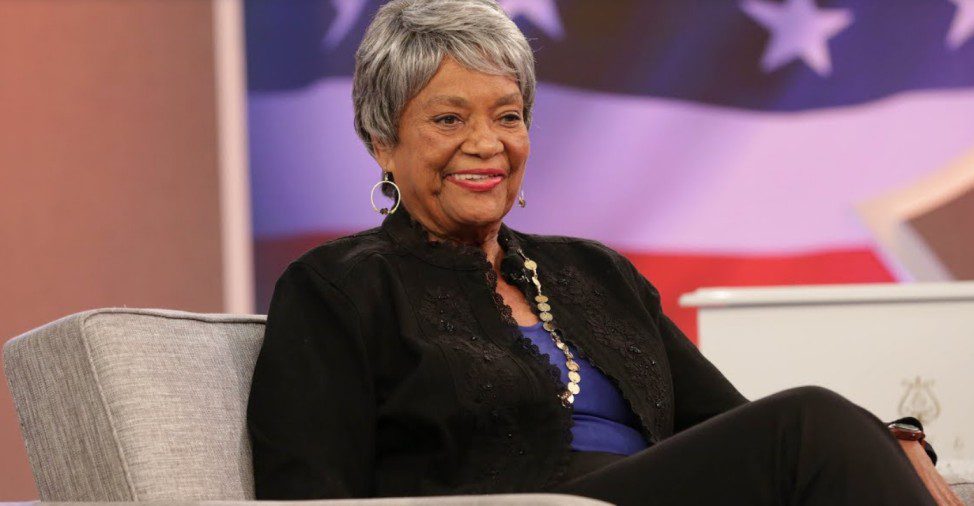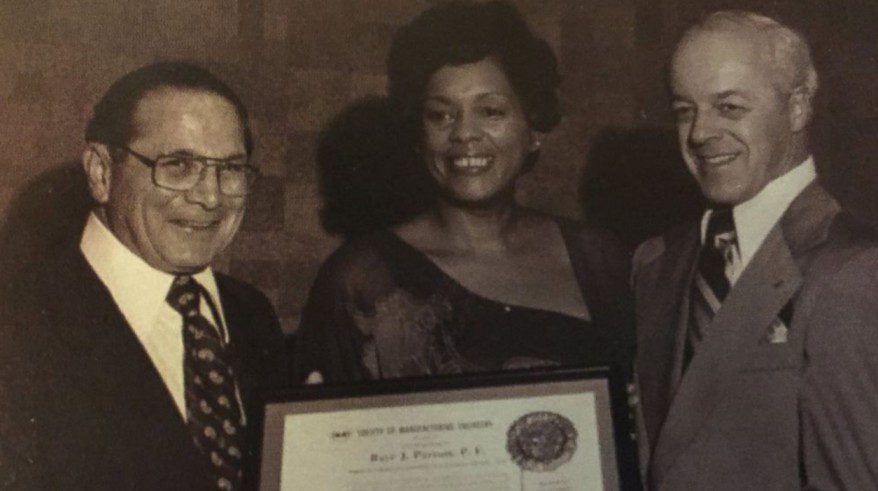Raye Montague, the first person to draft a Naval ship design by computer


A story of a woman who refused to let other people’s prejudices stand in the way of her success.
Raye Montague was an ambitious little girl from Little Rock who spent a lifetime educating herself so that she could become the person and professional she aspired to be. While some saw roadblocks, Montague could only see hurdles that needed to be overcome. Her mindset helped her become the first person to draft a Naval ship design by computer. She achieved the feat within 18 hours during the height of the Cold War.
But wait, did you know about her?
Margot Lee Shetterly’s book Hidden Figures, which told the story of African American female mathematicians at NASA, brought to light the achievements of Raye Montague that remained hidden until then.
We got to know how Raye smashed gender and racial stereotypes to become an internationally-known, registered professional engineer. She not only shattered the glass ceilings rather broke straight through them. The groundbreaking engineer and ship designer revolutionized Naval ship design and become the U.S. Navy’s first female program manager of the ship.
Raye credited her mother’s insistence on education for giving her the push she needed to reach for her dreams. “You’ll have three strikes against you,” she remembered her saying. “You’re female, you’re black and you’ll have a Southern segregated school education. But you can be or do anything you want, provided you’re educated.“

Raye’s Early Life
Born in Little Rock, Arkansas, on Jan. 21, 1935, Raye Montague had an inkling for science from the tender age of 7. Her desire to study engineering started when she visited a museum with her grandfather and saw captured German ships. “I looked through the periscope and saw all these dials and mechanisms. And I said to the guy, ‘What do you have to know to do this?'” she recalled later. “He said, ‘Oh, you’d have to be an engineer, but you don’t have to worry about that.'”
It seemed that he was right: when she graduated high school, she wasn’t permitted to study engineering. Colleges in Arkansas would not allow African Americans or anyone of color to pursue the degree at the time. Although she decided to major in business, in the back of her mind, she always remembered something her mother told her: “You can do anything you want to do and be anything you want to be.” She sought out to do just that.
In honour of her breakthrough in the ship design process, she was awarded the Navy’s Meritorious Civilian Service Award in 1972.
Montague went on to become the program director for the Naval Sea Systems Command (NAVSEA) Integrated Design, Manufacturing, and Maintenance Program, the division head for the Computer-Aided Design and Computer-Aided Manufacturing (CAD/CAM) Program, and deputy program manager of the Navy’s Information Systems Improvement Program. She remarkably earned the civilian equivalent rank of captain.
She completed a degree in business and moved to Washington D.C. in 1956 to become a typist for the Navy. She continued to pursue her dream of becoming an engineer by taking night classes in computer programming and engineering.
They gave her a month and she finished the design in 18 hours and 56 minutes
In 1971 Raye was given the task of designing a Naval ship using a computer — her boss didn’t mention that his department had been unsuccessfully trying to accomplish this task for years. After months of work, she figured out how to create computer-generated ship designs.
After she proved it was possible, the admiralty asked her to create a rough draft for an actual ship. It normally took two years to produce a design of a ship on paper; they gave her a month and she finished the design in 18 hours and 56 minutes.

The design she came up with went on to become the lead ship of the Oliver Hazard Perry class of guided-missile frigates—USS Oliver Hazard Perry (FFG 7). The Oliver Hazard Perry frigates replaced WWII’s destroyers and complemented 1960s Knox-class frigates.
Raye Montague demonstrates that women can excel in STEM. She also proves the importance of staying focused on our dreams.
In an interview in 2018, Raye once said, “Don’t let people control you, you control the situation.” She added further, “Change obstacles into challenges. You might have to step back and go a different direction, but you can achieve.”
